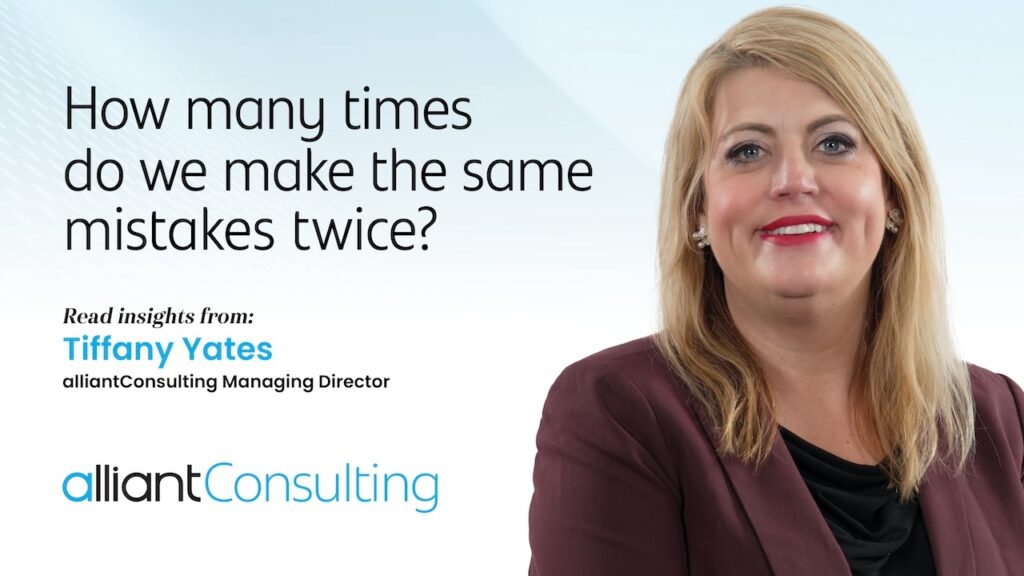
So frequently leaders take on large transformations without a proper review of what went well, lessons, challenges…and then they move to the next strategic imperative without truly gaining benefits from the journey.
Plowing through a checklist without any retrospection will only result in making the same mistakes over and over again. This is the definition of insanity – and where the value of an After-Action Review (AAR) comes in.
Military Precision for the Business World
First developed by the Army post-mortems of operations in a top-down lecture style. The process was not collaborative and focused only on bullet points.
To overcome these limitations, the Army made the AAR participatory, involving all mission personnel. This ensured that all insights were captured, but equally importantly made every team member feel that they were included and invested in the decision-making process.
Additionally, the Army conducted AARs in a narrative format – the focus was the story of the mission, and not just its outcomes. This way participants evaluated the process and their roles within it.
Ultimately, this model improved team performance in a command-and-control environment, which was critical given the stakes of Army operations.
Through the lens of the business world, AARs provide valuable data points for project success. It follows then that in the business of consulting, an AAR is the only way to gauge the efficacy of an engagement.
How is an AAR Conducted?
With roots in Lean and Six-Sigma project reviews, the AAR process typically involves the following steps:
- Clarify purpose and expectations of the project
- Compare actual outcomes to project goals
- Determine which parts of the project were successful
- Discuss the “why” for each project success and failure
- Develop actionable recommendations for future initiatives
By following the above process, teams create a culture of improvement and learning, ultimately improving decision-making and preventing the same mistakes from happening again.
Another critical element of an AAR is that it should be conducted regardless of the outcome of a project. Stakeholders should be interested just as much in what went right, as in what went wrong, to replicate those successes for future endeavors.
An After-Action Review in Action
We were recently engaged by a brokerage that hired a provider to process documentation required for its day-to-day operations.
The agreement between the two companies specified throughput and quality metrics. However, the provider kept falling farther behind on their commitments and ultimately the relationship devolved into finger-pointing.
This was a simple engagement with set goals…so where did it go wrong?
If the client and provider had left it there, we’d never know. However, our AAR got all stakeholders in one room. This conversation revealed an “easy” truth – that expectations were mismatched between the client and the provider – but also several “hard” truths.
The first of these was that, while decision-makers had questions on metrics, concerns with capabilities, or issues with process controls, they weren’t active in bringing these up until they were resolved.
Secondly, the AAR (and resultant soul-searching) would never have occurred without our intervention.
Project leaders frequently fall into the sunk-cost fallacy, where past efforts overshadow current results. They want the projects they own to succeed. They stop seeing the opportunity cost of pushing ahead instead of recalibrating. They’re so close to the project they fail to see its imperfections.
If an AAR was the only way to figure out the issues in such a seemingly straightforward collaboration…imagine how a more complex transaction could benefit from a conscientious and honest review.
Where Do I Start?
You’re too busy to make the same mistakes twice – when you engage outside help, your dollars are better spent with someone willing to put their name on results, not just recommendations…for example, one of our friendly alliantConsulting professionals. Schedule time to connect with us here as soon as you’re ready.